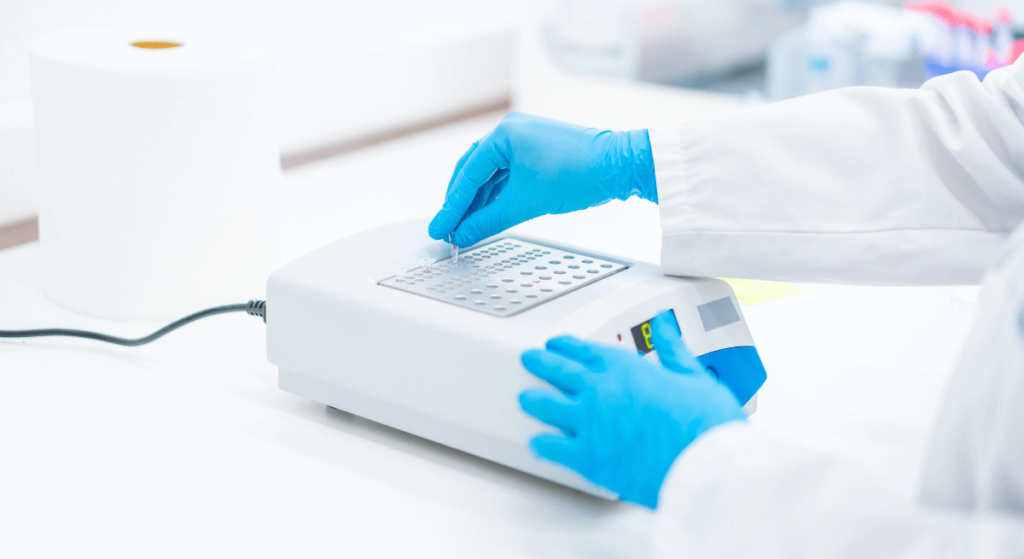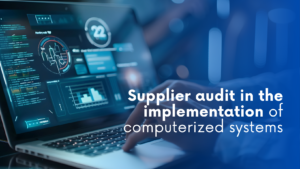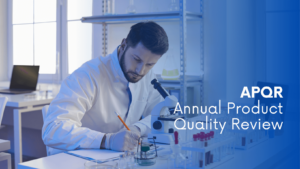Subject
The client is a Polish manufacturer and distributor of high-quality diagnostic reagents and reliable IVD technology, operating successfully both in the Polish and foreign markets. Approximately 20,000 of the client’s analyzers are in operation worldwide.
The client’s objective was to qualify laboratory equipment (biochemical analyzers) used for testing intermediates and final products in accordance with applicable regulatory requirements.
The customer sought a Polish-speaking business partner, and eCValidation was recommended by one of our current clients based on the high quality and broad expertise demonstrated in a previous project.
Scope of equipment qualification
Step 1: Revising the client’s documents, including the Criticality Analysis of Equipment, the Functional Risk Analysis (FRA), and the Equipment Qualification Plan, in order to analyze and incorporate the laboratory equipment slated for qualification within these documents.
The challenge arose from the fact that while some of the equipment was new and accompanied by all requisite documentation, certain older equipment, having been in use for several years, did not always possess all necessary documents. This discrepancy stemmed from historical periods when legal requirements for laboratory equipment were not as extensive. Nonetheless, we were tasked with aligning it with current regulatory standards.
Step 2: The development of qualification documentation. For each laboratory device, we drafted an Installation Qualification (IQ), Operational Qualification (OQ), and Performance Qualification (PQ) protocol, encompassing all requisite tests to be conducted at each stage of the qualification process. These tests encompassed both the review of the device’s documentation and the verification of its functionality and operational accuracy.

Step 3: Conducting the tests in accordance with the prescribed procedures outlined within the respective protocols. The qualification tests were conducted by the customer under our supervision. After completion of the tests, the customer provided us with the results, which were then systematically recorded in the IQ, OQ, and PQ protocols for each device. Each segment of the IQ, OQ, and PQ, upon execution, underwent formal approval by the qualification team.
Step 4: The preparation of a comprehensive final report for each laboratory device. These reports encapsulated the qualification activities conducted throughout the installation, operational, and performance qualification phases, adhering closely to the specified qualification protocols.
Step 5: Each device was formally released for routine use.
The project progressed smoothly and within a pleasant atmosphere. On the client’s side, a representative from the Validation Department was designated to coordinate qualification activities and served as the primary point of contact throughout the process. The client diligently shared and provided the necessary materials for the preparation of qualification documentation in a timely manner. Furthermore, the documents we drafted underwent thorough review and approval by the client.
The customer expressed appreciation for our initiative in qualifying an additional device—an immunochemical analyzer—beyond the initially agreed-upon scope of five analyzers at the project’s onset. This proactive approach was welcomed by the client and underscored our commitment to exceeding expectations.
Due to the substantial amount of equipment that required qualification within a limited timeframe, the work schedule was exceptionally tight. Despite this challenge, we successfully qualified six laboratory devices in one month, including five biochemical analyzers and one immunochemical analyzer.
Qualification documentation and materials were transmitted electronically via email or platforms such as MSTeams and Skype. Throughout the project duration, we maintained an onsite presence at the client’s company, with staffing levels adjusted as needed, typically involving one or two team members. The schedule for equipment qualification and progress were regularly discussed during customer visits, ensuring effective communication and alignment with project goals.
The project was segmented into two phases: the initial phase commenced in November 2023 and spanned three weeks, while the subsequent phase continued in January 2024, lasting for one month.

Results of equipment qualification
The client expressed high satisfaction with the results and quality of our work. At the conclusion of the project, they extended gratitude and commendation for our collaboration.
They particularly valued:
- The professionalism and expertise demonstrated by our consultants, who possessed deep subject matter knowledge.
- Our team’s commitment and efficient organization of work, ensuring smooth project execution.
- The reliability and thoroughness of the documentation prepared by us, which met all necessary standards.
- The completion of all project tasks within the designated timeline, demonstrating reliability and adherence to deadlines.
Furthermore, the client affirmed that the qualified laboratory equipment complied fully with applicable legal requirements, as substantiated by the comprehensive documentation developed throughout the project.








